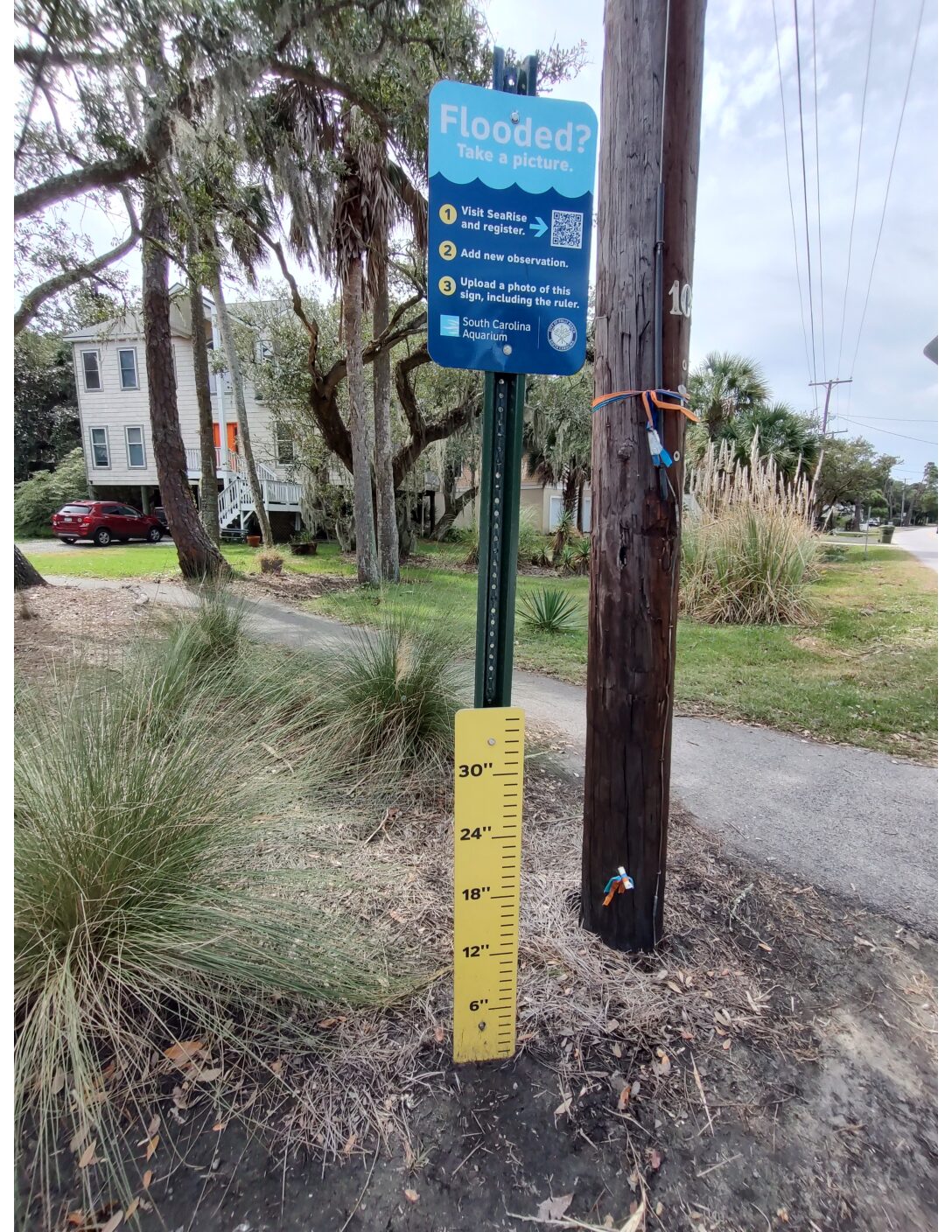Dr. Maestre, May 5th 2025.
A First-of-Its-Kind Approach to Flood Monitoring and Public Engagement
As communities across the country face increasingly frequent and severe flooding, Lamar University and the City of Orange, Texas, are taking an innovative step forward. Together, they’ve launched a first-of-its-kind Community Flood Watch program—designed to empower residents, enhance flood response, and improve long-term preparedness using low-tech, high-impact methods.
This exciting initiative gained national visibility when Dr. Liv Haselbach, a civil and environmental engineering professor at Lamar University, appeared on The Weather Channel on April 15 (click to watch) to explain the program’s goals and the importance of community involvement in flood risk management.
Citizen Science Meets Flood Resilience
Unlike high-maintenance flood sensors powered by solar panels and Wi-Fi, this new program is refreshingly simple and highly participatory. The system relies on physical flood monitoring signs, each featuring a staff gauge (a visual ruler-like tool) and a QR code that anyone with a smartphone can use.
Here’s how it works:
- Residents monitor rising water by visually checking the gauge.
- They then scan the QR code and upload a photo of the current water level.
- These community-submitted observations feed into a system that helps emergency managers and city officials understand flood conditions in real time.
As Dr. Hasselbach explained during the Weather Channel interview:
“This gives emergency managers some idea of how fast water is receding. If citizens take a picture and show that it takes a day to go down three inches, responders can better plan equipment staging and access.”
Why This Matters
The program isn’t just about data collection—it’s about community connection and resilience. By encouraging public participation, the initiative builds local awareness of flood dynamics and strengthens neighborhood-level engagement during high-risk weather events.
Orange, Texas, is an ideal place for this pilot effort. Located near the Louisiana border on the Sabine River, the city is vulnerable to multiple types of flooding:
- Storm surge from hurricanes like Rita
- Tidal flooding due to its coastal proximity
- Riverine flooding from the Sabine and local bayous
- Extreme rainfall, including the record-breaking 60 inches during Hurricane Harvey
With this program, signs will be placed in diverse locations to capture data across all these flood types.
Model for the Nation
Although the idea has been tried in places like Folly Beach, South Carolina, the Orange initiative represents a new model for community-powered flood monitoring in inland and coastal zones alike. It’s a scalable, low-cost tool that not only enhances real-time response but supports long-term modeling and infrastructure planning.
“It’s not just about signs—it’s about building a culture of awareness and action,” Dr. Hasselbach emphasized.
Looking Ahead
As the program unfolds, Lamar University and the City of Orange plan to monitor its impact and explore opportunities for expansion. Ultimately, the hope is to inspire other communities to adopt similar approaches, combining local knowledge, simple tools, and shared responsibility to build safer, more resilient futures.
For more updates on this and other resilience initiatives, stay tuned to our News page.

